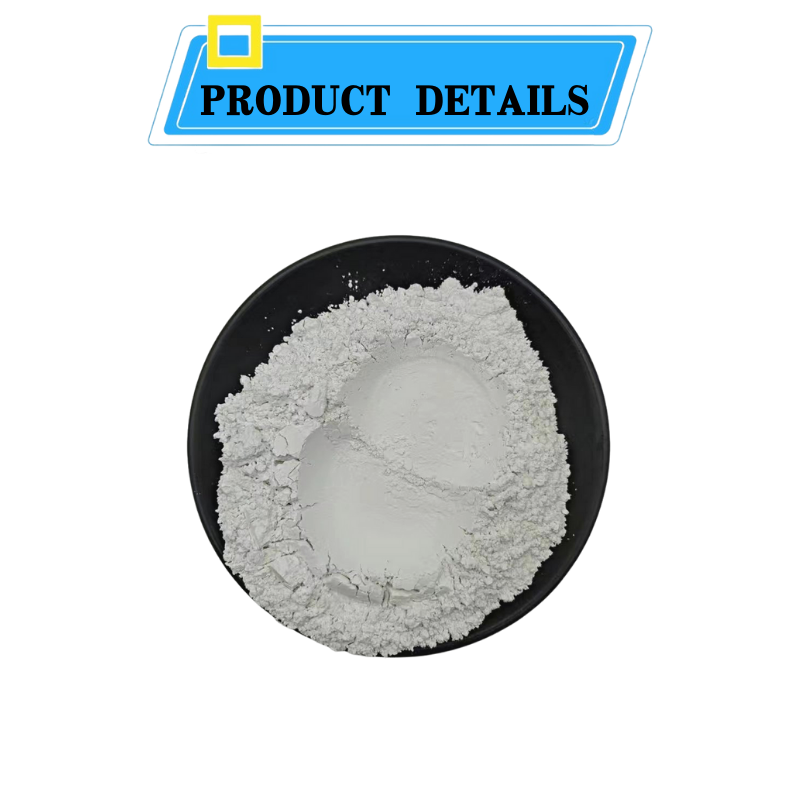
fly ash specification
Fly Ash Specifications Understanding the Standards and Importance
Fly ash, a byproduct of coal combustion in power plants, has gained significant attention in the construction industry due to its pozzolanic properties and environmental benefits. It is widely utilized as a supplementary cementitious material (SCM) in concrete production. However, to ensure its effectiveness and safety, several specifications and standards govern the use of fly ash.
Fly Ash Specifications Understanding the Standards and Importance
Class F fly ash is produced from burning anthracite or bituminous coal. It typically has a high silica content and a low calcium content, making it suitable for use in high-strength concrete applications. The pozzolanic activity of Class F fly ash, combined with its ability to improve the durability and workability of concrete, makes it a preferred choice for many engineers that seek to enhance the performance of their mixtures.
fly ash specification

On the other hand, Class C fly ash comes from lignite or sub-bituminous coal and contains higher calcium levels, which can provide self-cementing properties. This class of fly ash is particularly beneficial in specific applications, such as soil stabilization and the production of lightweight concrete. The unique characteristics of Class C fly ash allow it to react with water, forming cementitious compounds that can further enhance concrete strength and sustainability.
In addition to classification, ASTM C618 also specifies requirements for various physical properties of fly ash, including fineness, loss on ignition (LOI), and moisture content. These properties significantly influence the performance of fly ash in concrete. For example, a high LOI indicates the presence of unburned carbon, which can negatively affect the color and strength of concrete. Therefore, adhering to these specifications is critical for ensuring high-quality concrete.
Moreover, there are environmental considerations associated with fly ash. The management of fly ash disposal and its potential leaching of heavy metals into the environment has raised concerns. Consequently, regulatory bodies set guidelines to limit harmful constituents, ensuring that fly ash used in construction meets safety standards.
In conclusion, fly ash specifications play a vital role in the construction industry by ensuring the material's quality and safety. Compliance with established standards like ASTM C618 not only enhances the performance of concrete but also promotes environmentally responsible practices. As the demand for sustainable building materials continues to grow, fly ash remains a valuable resource, contributing to stronger, more durable, and eco-friendly construction solutions.
Share
-
Premium Glass Sand Solutions | High Purity SupplyNewsAug.03,2025
-
Premium Talcum Powder Enhanced with GPT-4 Turbo | Soft & Long-LastingNewsAug.02,2025
-
Fly Ash Solutions Enhanced by GPT-4 Turbo | Sustainable InnovationNewsAug.01,2025
-
Natural Premium Bentonite Cat Litter - Superior ClumpingNewsJul.31,2025
-
Premium Resin Coated Sand - High Heat Resistance CastingNewsJul.31,2025
-
High Quality Silicon Carbide Grit for Abrasive ApplicationsNewsJul.30,2025






